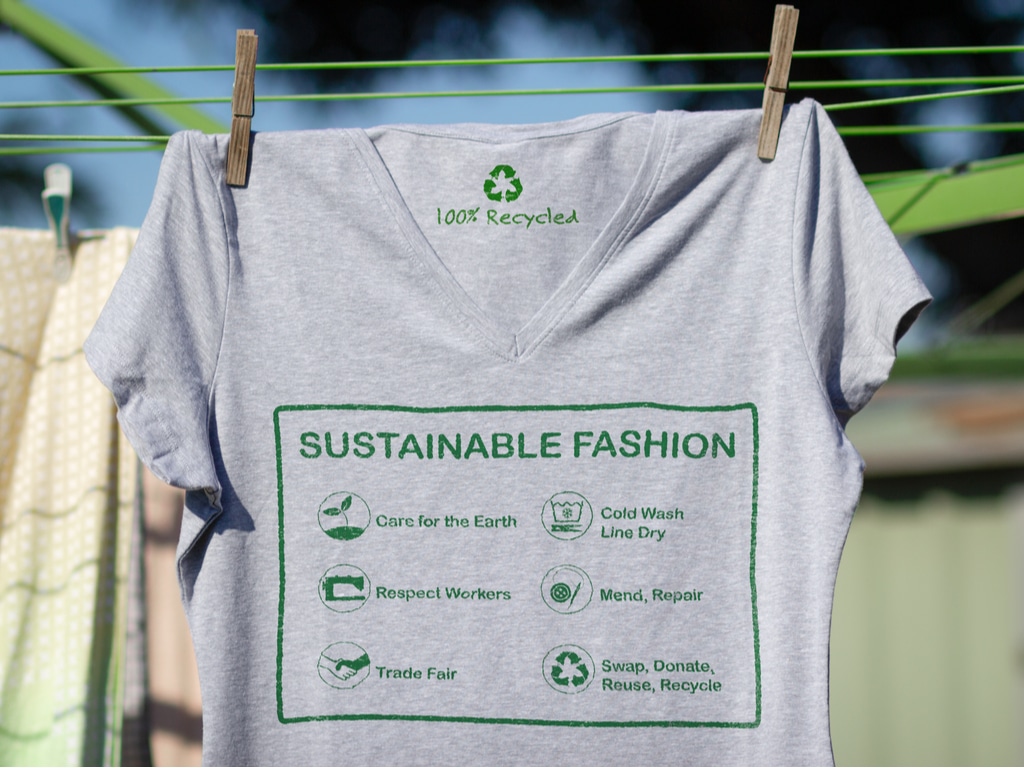After oil, the textile and fashion sector accounts for about 8% of carbon dioxide (CO2) emissions, according to the United Nations Environment Program (UNEP). Faced with this observation, the African Development Bank (AfDB) has implemented the “Fashionomics Africa” initiative to strengthen the participation of Africa in the value chains of this global industry through sustainable solutions proposed by actors from the continent.
The second edition of the competition is aimed at African start-ups and entrepreneurs in the textile, apparel and accessories sector who have implemented environmentally friendly, sustainability and circular economy measures in the last five years.
The jury, which is made up in part of UNEP, Parsons School of Design based in New York, USA, and the Ellen MacArthur Foundation in the UK, will consider the materials used, the design process, the most environmentally friendly production processes including shipping methods or ways to reduce the carbon footprint.
In addition to the total cash prize of $6,000 divided among the three finalists, the best sustainable design will receive a certificate and showcase their creation by participating in online events and sharing ideas on key sustainability challenges facing the industry. The AfDB aims to connect businesses with consumers and experts to transform the African apparel and fashion industry while preserving the environment to accelerate sustainable development.
Fashion at the heart of sustainable development
“The competition celebrates African fashion brands that are changing the way we produce, buy, use and recycle fashion products and encouraging a more sustainable shift in consumption practices. The second edition of Fashionomics Africa will therefore highlight the ingenuity that African designers consistently demonstrate through the strength of their culture and heritage,” says Amel Hamza, Acting Director for Gender, Women and Civil Society at the AfDB.
About 10% of the world’s processed cotton is produced in Africa. At least 54 countries on the continent produce cotton and 30 export it. According to an AfDB Group report released at its 52nd annual meeting in 2017, Africa accounts for 16% of the vast global textiles market estimated at $1.6 billion in 2015, compared to nearly 60% for Asia-Pacific. Several local textile industry entrepreneurs are gradually addressing the recycling of fashion products, minimizing toxic substances, alternatives to existing raw materials, reducing waste, reducing energy consumption, renewable energy and taking into account the life cycle of products.
Read also-
According to the AfDB, Ivory Coast and Ethiopia are poised to become two of the continent’s visionary industries for sustainable fashion. In both countries, clean energy is gradually being incorporated into production within the textile industry, thus promoting the creation of green jobs. This represents a big step towards the implementation of the 1st and 5th SDGs (Sustainable Development Goals) which promote poverty eradication and gender equality.
For more information on Fashionomics Africa, click here.
Benoit-Ivan Wansi
